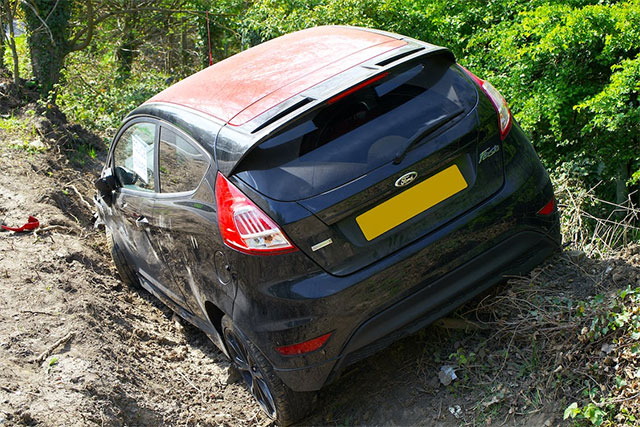Auto accidents are a traumatic experience, and people who are involved in collisions can find it difficult to get behind the wheel.
If you need to drive for professional or personal purposes, the thought of doing so can be daunting yet unavoidable. So what can you do to ease yourself back into it without crumbling?
Table of Contents
Don’t try to suppress your memories of the incident
You might feel compelled to avoid thinking about the accident which took you out of action, but this isn’t helpful.
It’s better to process the potentially distressing and painful memories in an ordered way; writing them down can help, and talking to a therapist is also sensible.

Get SR-22 insurance if you were at fault and convicted of a serious driving offense
If you were responsible for the accident, you will require an SR-22 high-risk driver’s insurance policy. This is a form that your insurer sends to the state authorities to show that you’ve got an adequate cover to be back on the roads, even after being convicted of a serious driving offense.
Having all the paperwork in order is obviously essential because without it you could land yourself in more trouble. Even if you weren’t at fault, getting good insurance to protect you and other road users when you drive in the future will save you from the financial fallout of any other accidents.
Ask someone to accompany you
Moral support is useful if you’re worried about an obstacle in your path, and this definitely applies to driving after an accident. With a friend or family member by your side, you’ll have someone to be there to settle your nerves and give you words of encouragement if you’re on edge.
Just remember to pick someone who is an experienced driver themselves, and who is also calm and collected, because you don’t want your passenger to only amplify your feelings of anxiety.
Pick routes that won’t be complex or congested
If your first drive following an accident involves busy urban streets and confusing intersections, it will derail any good work you’ve done to build up your confidence.
Instead, look for routes that are simple, straightforward and not likely to cause stress. Timing is everything; avoid rush hour and opt for a drive during off-peak periods.
Return to the crash site rather than steering clear
Just as bottling up traumatic memories isn’t healthy, you should also resist the urge to deliberately cut the crash site out of any route you take.
This will only amplify the importance of this location, and increase your nerves if you ever encounter it. Ripping the band aid off and revisiting the site for a drive-by without slowing or taking any special extra time to take it in will normalize it in a jiffy.
Hone your driving skills
If it has been a long time since you first got your license, taking a refresher course and learning about defensive driving techniques will make you less concerned about your motoring escapades going forward.
Buy a safe car
The latest safety technology available on modern vehicles is impressive and can give you the peace of mind you need to drive without worrying too much about the chances of another accident occurring.
Autonomous braking, lane keep assist and adaptive cruise control are all found on modestly priced vehicles today, so ditch your older model in favor of one that’s in keeping with the times.
Final thoughts
The worst thing you can do after a car accident is rush to get back behind the wheel before you’re ready. Be methodical, listen to your body, and only make this step when you’re comfortable doing so.













